Château Lagrange Saint-Julien Red 2018
Château Lagrange Saint-Julien Red 2018
Couldn't load pickup availability
 Château Lagrange
Château Lagrange
 France
France
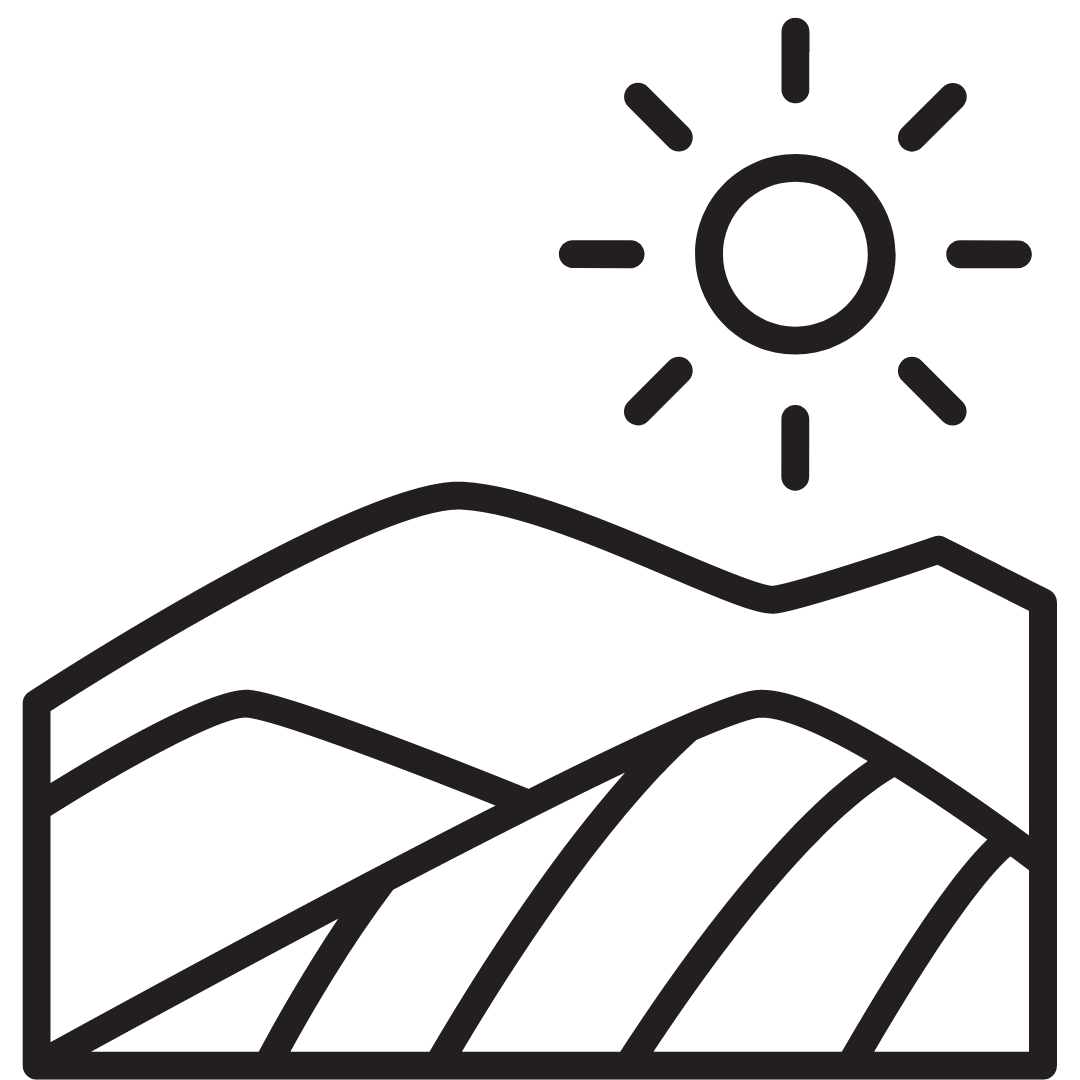 Bordeaux
Bordeaux
 2018
2018
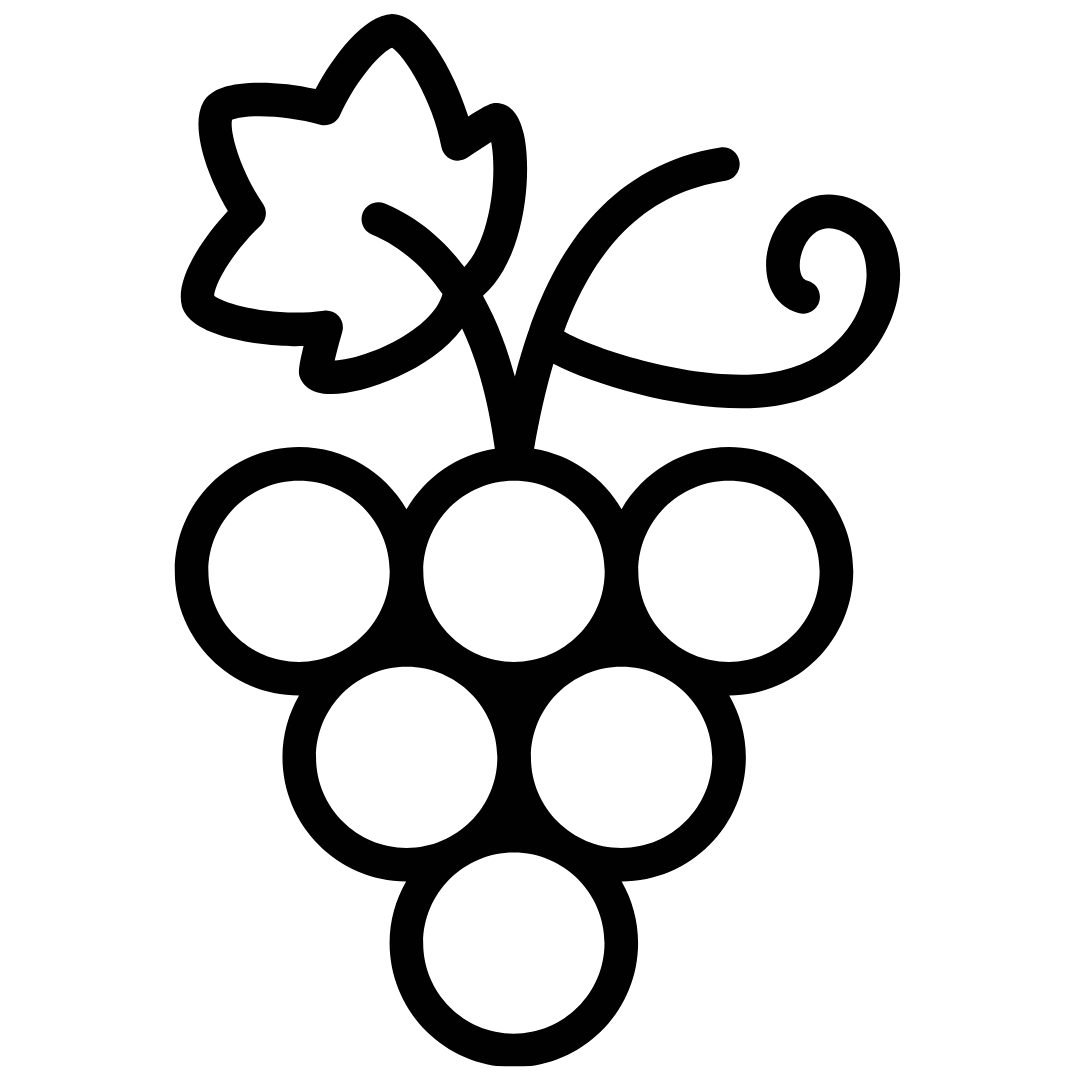 Cabernet Sauvignon, Merlot, and Petit Verdot
Cabernet Sauvignon, Merlot, and Petit Verdot
 The subsoil is of clay and limestone and the topsoil is of pebbles and gravel. Average age of the vine 37 years.
The subsoil is of clay and limestone and the topsoil is of pebbles and gravel. Average age of the vine 37 years.
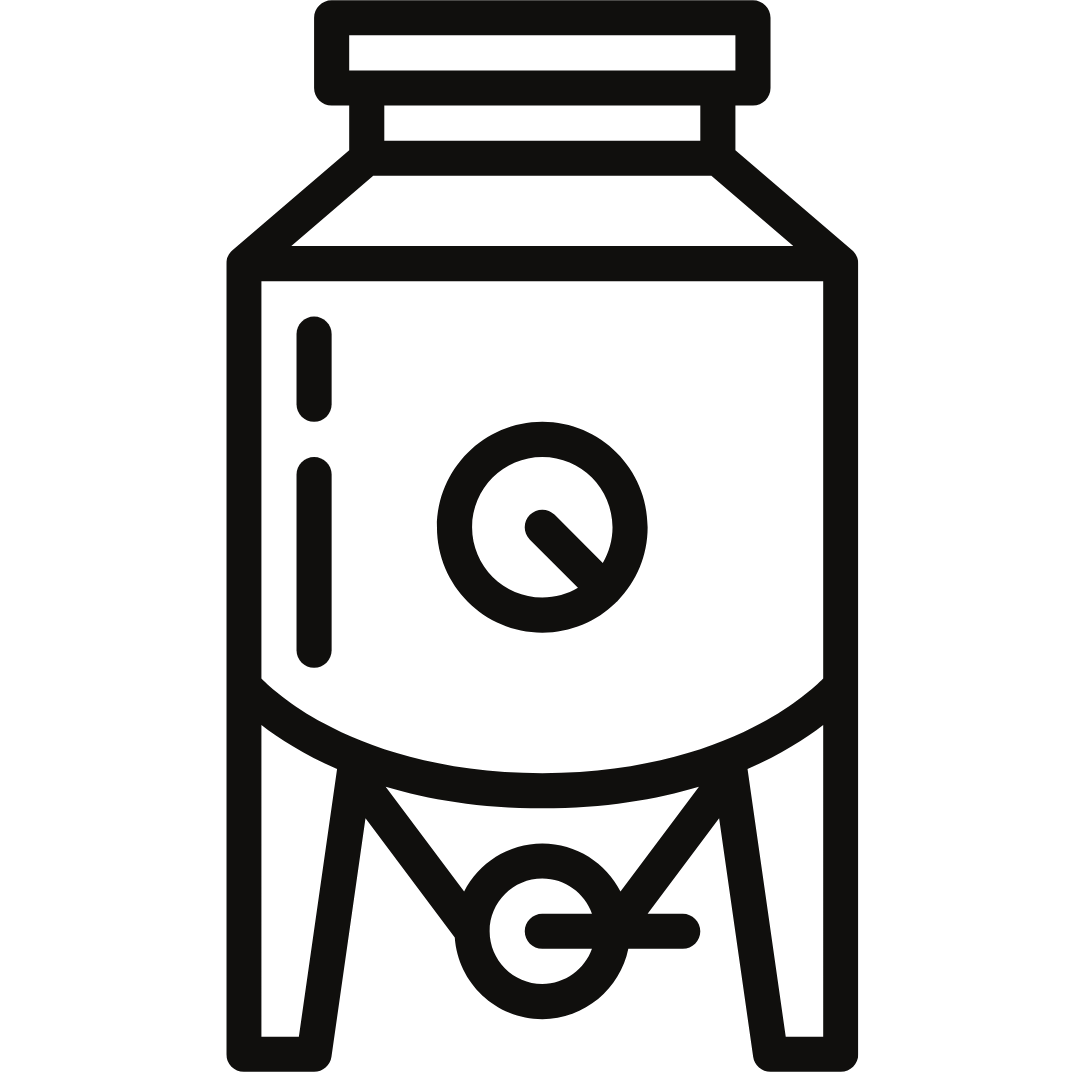 Plot by plot and intra plot vinification. 102 thermoregulated stainless steel vats for 103 vine plots. Variable capacity of the vats: 36 to 220 hl. Selection of batch conducted according to the varietal, age of vines, terroir and grapes maturity. Traditional vinification at 26° - 28° C during 18 to 25 days. Moderate pumping over every day, or pigeage or delestage. Malolactic fermentation through co inoculation.
Plot by plot and intra plot vinification. 102 thermoregulated stainless steel vats for 103 vine plots. Variable capacity of the vats: 36 to 220 hl. Selection of batch conducted according to the varietal, age of vines, terroir and grapes maturity. Traditional vinification at 26° - 28° C during 18 to 25 days. Moderate pumping over every day, or pigeage or delestage. Malolactic fermentation through co inoculation.
 Ageing for 21 months. 50 % of new oak barrels.
Ageing for 21 months. 50 % of new oak barrels.
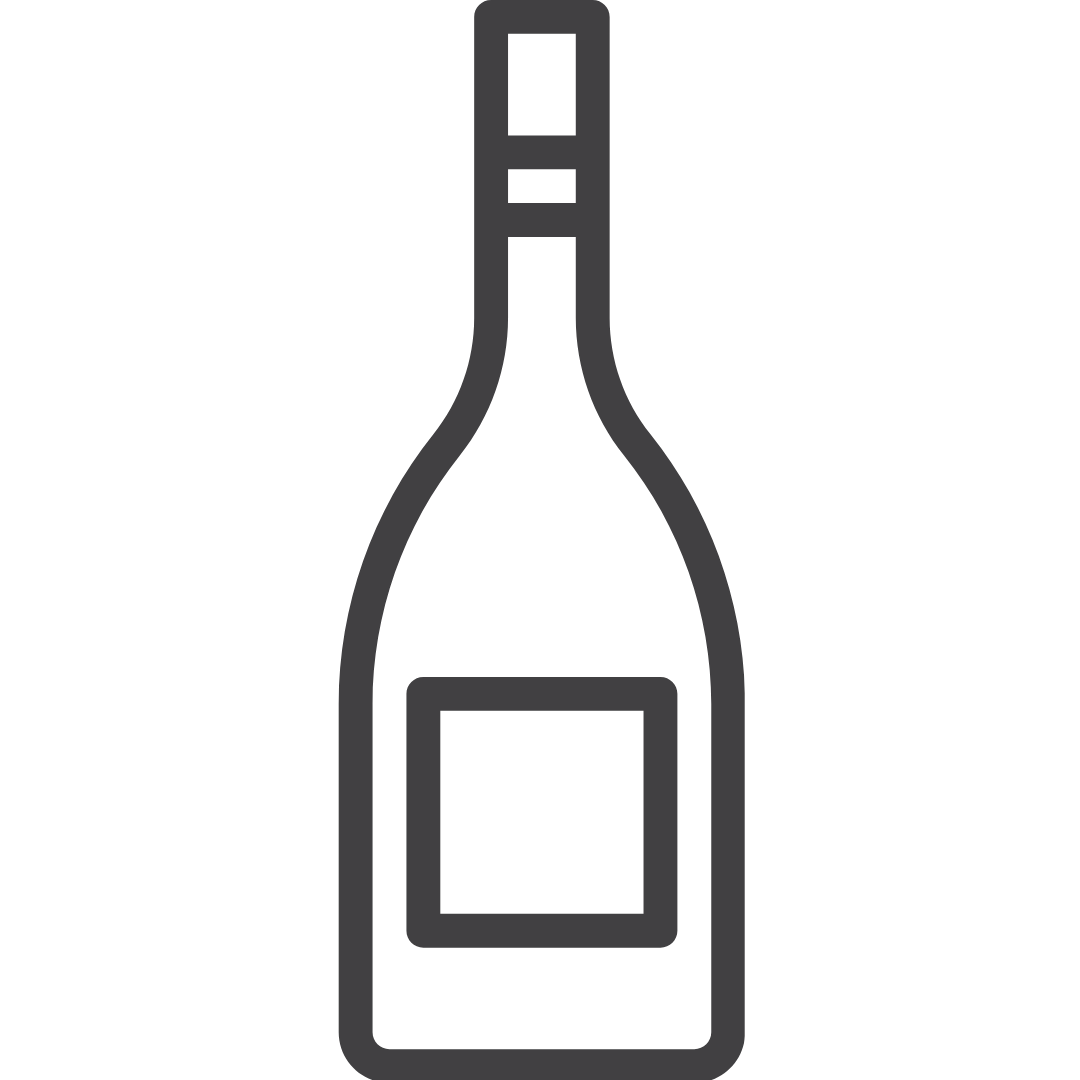 75cl
75cl
 14,50%
14,50%
 16ºC - 18ºC
16ºC - 18ºC
Share
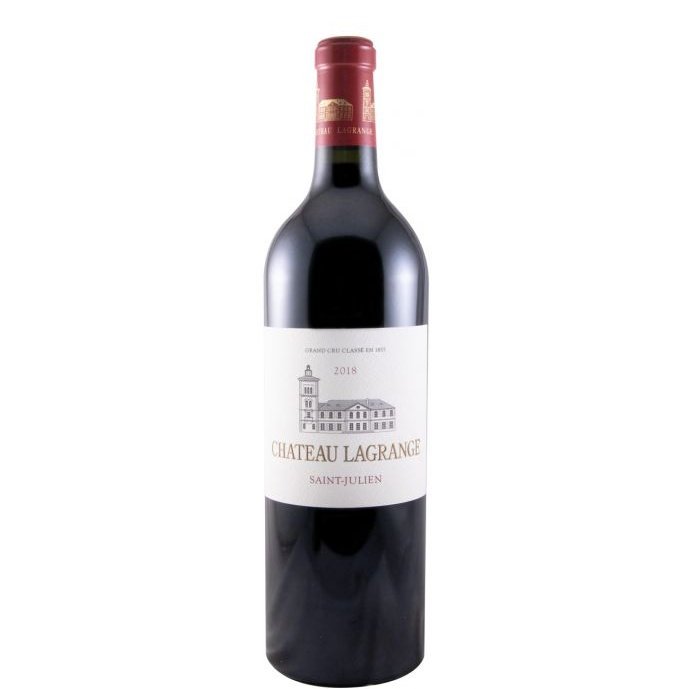
The story
Château Lagrange, Third Classified Growth in the 1855 classification, nestles in the heart of the renowned Saint-Julien appellation.
The name Saint-Julien has a magical ring to it, no doubt due to its history and the legendary soil. Located 40 km north of Bordeaux, Château Lagrange is one of the 11 classified growths that make up 85% of this prestigious appellation.
Perched on two Gunzian gravel slopes, one of which boasts the highest point in the appellation, the beautiful vineyard of Château Lagrange stretches over 118 hectares in a single block.
There are more than a hundred individual plots with 67% Cabernet Sauvignon, 28% Merlot and 5% Petit-Verdot. The vines are on average 40 years old, the oldest dating back to 1952.
There are also 11 hectares dedicated to white grape varieties with 80% Sauvignon Blanc, 10% Sauvignon Gris and 10% Sémillon.
Château Lagrange origin
Back in the Middle Ages there were two separate entities: The first, the “Tenure of Pellecahus” was to the East of the brook running through the property. The other was located on a hillock to the west and was known as the “Noble House of Lagrange de Monteil”. These two estates were to join in the seventeenth century, and so Lagrange was born.
Château Lagrange belonged to the same family for almost two centuries, thus maintaining its unity. One of its more charismatic characters was a certain Charles de Branne de Cours, who managed the domain from 1712 to 1746. In the heart of the viticultural revolution, he and his rich Bordeaux family (who also owned Mouton) were to make Lagrange one of the most beautiful Médoc properties. Charles de Branne was succeeded by his son. On the latter’s death it was his nephew, Jean-Baptiste Arbouet de la Bernède, who took over the property in 1771.
Jean-Baptiste Arbouet continued to develop the estate, modernising part of the facilities. The imposing vinification cellar dates back to this time.
In 1787, Thomas Jefferson, then United States ambassador, ranked Lagrange as a Third Classified Growth.
Jean-Baptiste d’Arbouet sold Lagrange to Jean-Valère Cabarrus, his wife’s nephew, in 1790. Coming from a renowned wine merchant family, Jean-Valère Cabarrus chose to develop the viticultural activity of the estate and built in a classic style the master house, on the site of the former manor.
When he died, the property was bought by an ally of the family, John Lewis Brown.
The golden age of Duchâtel
Lagrange’s heyday was between 1842 and 1875, when Count Duchâtel, Home Secretary to King Louis Philippe, was the owner. In 1845 Count Duchâtel commissioned the Italian architect Visconti to build the Tuscan-style tower, adding elegance and singularity to the Château. His visionary avant-garde approach meant Lagrange was awarded the rank of Third Classified Growth in the official 1855 classification.
Assisted by his faithful estate manager, Galos, then also running Mouton Rothschild, Duchâtel took Lagrange to the pinnacle of success and fame.The two men innovated, introducing the use of sulphur to fight powdery mildew and, importantly, were also the pioneers of a new soil drainage system in the vineyard.
A new era
Suntory’s chairman, Keizo Saji, and vice-chairman, Shinichiro Torii, decided to do the absolute maximum to allow the re-birth of this Grand Cru Classé.
Over the first ten years the team at Lagrange undertook an ambitious renovation project, painstakingly working to regain the prestigious image this Cru had enjoyed in the past.
A rebirth was achieved over a total of more than thirty years of technical and human investments.
Today, Matthieu Bordes and his team are continuing to write Lagrange’s history, in a mindful quest for excellence, producing unique, distinguished wines of character, in keeping with the elegant Saint-Julien style.












